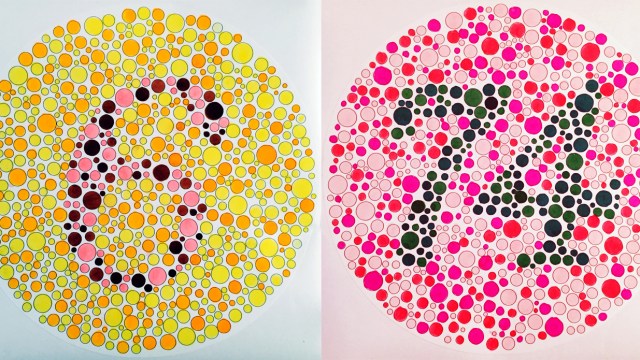Dogs Are Better at Reading Emotions than We Thought

Early dogs quickly evolved the ability to use visual and auditory cues to discern the emotional states of other dogs. Such an ability understandably contributes to survival efforts; this is something we see throughout the animal kingdom. But now that the typical canine is of the domestic variety, has this discerning ability been adapted to include the emotional states of human companions?
The answer is yes, according to a new study published in Biology Letters, and it’s the first demonstrative evidence of such an ability from non-primates.
In layman’s terms: Your crazy aunt who believes her cocker spaniel “just gets her” is possibly correct, though still probably crazy. The researchers make sure to note their results only demonstrate a dog’s ability to differentiate between emotions, not necessarily to process them.
The experiment at the heart of the study tested 17 canines’ abilities to form associations using photos of emotive human faces and recordings of impassioned voices. The subject dogs’ performances were then weighed against their abilities to do the same with photos/recordings of other dogs. While the results demonstrated a keener ability to discriminate between positive and negative emotions in other dogs, the researchers were satisfied with the subjects’ performances in associating human vocal patterns and facial expressions with emotional states.
The final takeaway here is that dogs are more discerning than the scientific community had previously been able to prove, and that your English Bulldog Grover really does know when he’s been a bad, bad doggie.
Image credit: woottigon / Shutterstock
Source: Science Mag
**
Robert Montenegro is a writer and dramaturg who regularly contributes to Big Think and Crooked Scoreboard. He lives in Washington DC and is a graduate of Loyola Marymount University in Los Angeles.
Twitter: @Monteneggroll. Website: robertmontenegro.com.





